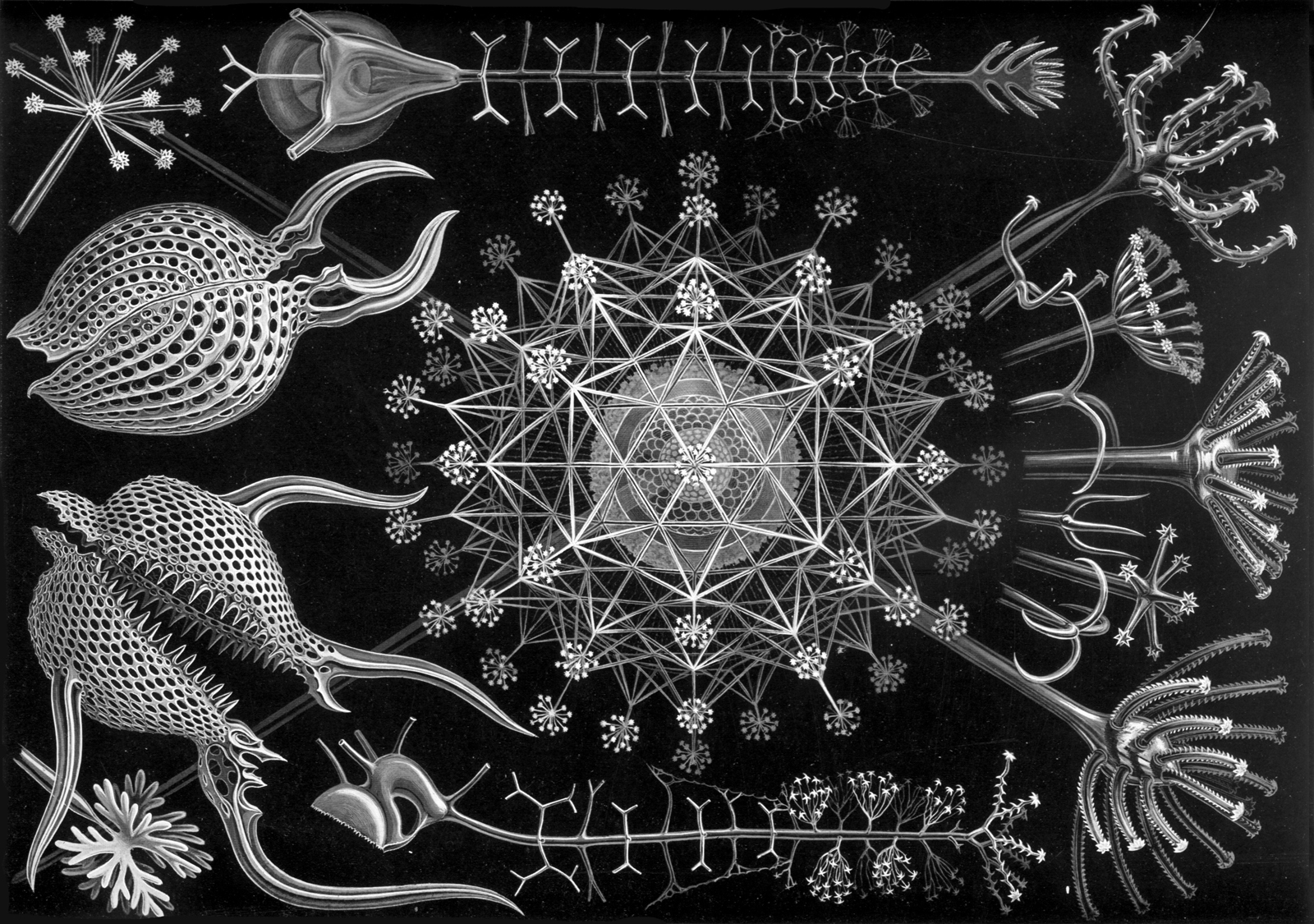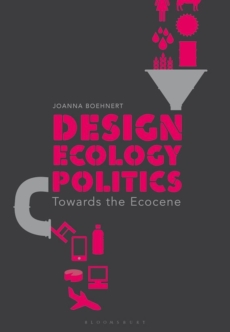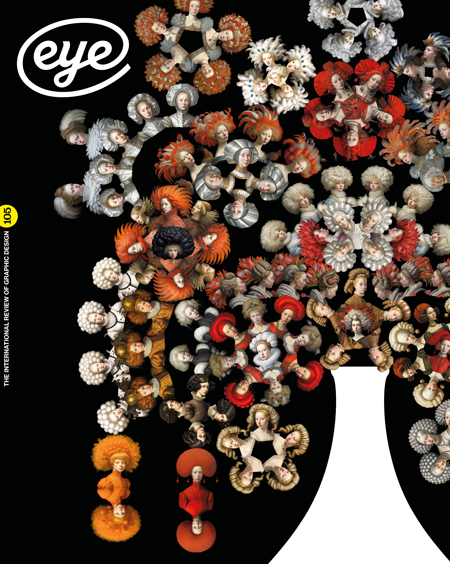Autumn 2023
Ecological literacy
Design, Ecology, Politics: Towards the Ecocene
By Joanna Boehnert, Bloomsbury Visual Arts; hardback, £80; paperback, £21.99
The result of a decade spent ‘formulating a stronger ecological theory for design’, Joanna Boehnert’s Design, Ecology, Politics: Towards the Ecocene is driven by a forceful central argument: without deeper engagement with the seriousness of the threat posed by environmental breakdown and a frank reckoning with design’s complicity within the neoliberal economic system at its root, designers simply have no hope of meeting the challenges presented. To respond, they must become ‘ecologically literate’, meaning they must understand the fundamental interdependence of human life with its natural environment, and produce design accordingly. Such an approach to design would go far beyond sustainability – an ‘abused’ and ‘ambiguous’ term which is ‘often rendered meaningless’ through misuse by business and designers – and begin to engage the scale and complexity of the task with the criticality required. By providing a thorough examination of the relationship between design and ecological and political theory, Boehnert aims to provide designers and educators with a detailed conceptual framework to better understand what needs to be done.
The title delineates the three main sections of the book: ‘Design’ explores how design structures social life and considers some of its attempts to transition towards more future-oriented positions; ‘Ecology’ provides a thorough grounding in ecological theory and its relationship to design; ‘Politics’ examines the political ideologies embedded within the design of green initiatives via a series of brief case studies. It’s worth noting here that although the term ‘design’ is named in general, when discussed, it is most frequently with reference to visual communication – in particular, data/knowledge visualisation, which Boehnert sees as one of the most potentially constructive contributions that graphic design can make towards stimulating ‘ecological perception’ among the public.
Originally published in 2018, and since republished by Bloomsbury via its Visual Arts imprint, the book’s relevance continues to grow. The text is a wealth of diverse concepts and considered argumentation, through which Boehnert questions design’s roles in a time of never-ending environmental crises. Some highlights (of many): an original application of Bourdieu’s concept of symbolic violence to describe design’s implication ‘with the creation, facilitation and reproduction of social and ecological harm’; an overview of the philosophical differences in various ecological movements (particularly useful for educators); a critical overview of design for ‘green economics’, including a withering analysis of one particular data visualisation created for The Prince’s Foundation by Information is Beautiful to highlight the ‘value provided by the earth to the global economy’.

For an academic text, the writing is clear and direct though its conceptual terminology will challenge some readers, but then one of Boehnert’s key messages is that designers need to start engaging with the complexity of the moment, and so the book is also a call to become more critically informed.
Given the emphasis on information design and data visualisation, it is hard to understand why greater consideration was not given to the display of the book’s visual examples. Complex infographics are occasionally reproduced at such small sizes on the page that their details are completely illegible and so the reader is left to imagine something like an ‘idea’ of effective communication design, rather than see it evidenced clearly. Even on a restrictive budget, the publisher surely could have identified alternative design formats that would have suited the specific nature of the content.
Boehnert frequently argues that design can only ‘help’ in addressing environmental problems, while criticising strongly advocating it as a ‘problem-solving’ activity conducted by designers blind to their cultural biases: ‘the supposedly “neutral” designer is typically the most unaware of their own ideological assumptions and allegiances to power, normative values and the status quo.’ Accordingly, one of the most valuable lessons that emerges from Design, Ecology, Politics: Towards the Ecocene is a clearer picture of the inseparability of the design industry from the (failing) political economy in which it operates. Boehnert notes that ‘within critical ecological thought, the very notion of an environmental crisis is a category error. The crisis lies in the prevailing social, economic and political systems.’
How much influence design can have within these, remains to be seen.
John-Patrick Hartnett, designer, writer, lecturer, London
First published in Eye no. 105 vol. 27, 2023
Eye is the world’s most beautiful and collectable graphic design journal, published for professional designers, students and anyone interested in critical, informed writing about graphic design and visual culture. It is available from all good design bookshops and online at the Eye shop, where you can buy subscriptions and single issues.

